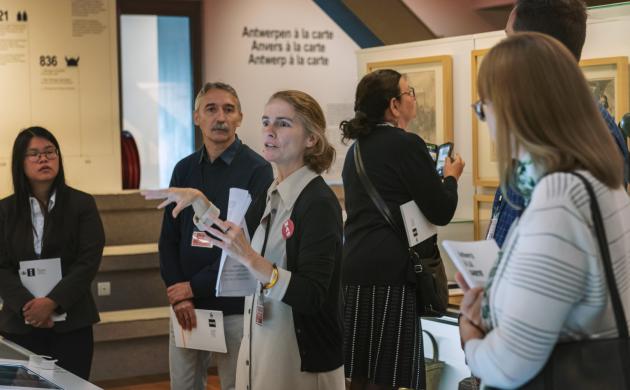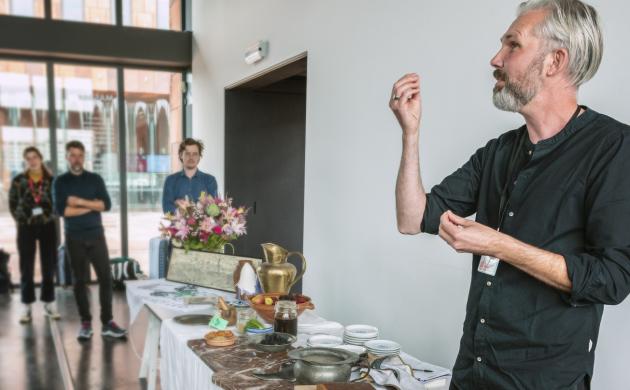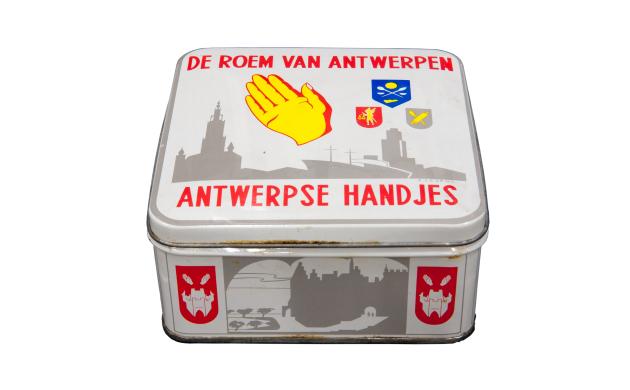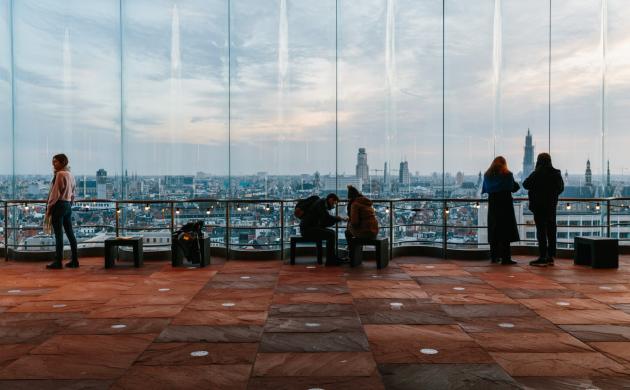A sensorial exhibition
Hungry mouths
Today, over half of the world’s population lives in cities. Antwerp, for instance, has more than 500,000 inhabitants. That’s half a million mouths to be fed every day. How do we manage to do this now, what will we do in the future, and does the past offer any inspiration?
Who eats what?
The Antwerp à la carte exhibition reveals the intimate relationship between the city and food, from the sixteenth century to the distant future. How do cities get their food? Which parts of the world do crops come from and how do they reach the city? What foods do people eat and where do they buy them? Does a modern kitchen bear any resemblance to one from the seventeenth century? And what do we do about all our food waste?
Food shapes the city
Follow the trail of food in the city and find out how what we eat has left its mark on the map of Antwerp. Stroll through markets and supermarkets, take a look in inns, cafés and restaurants, be surprised by smell and art installations. Try some finger-licking sixteenth-century recipes with a modern twist. Peek inside old kitchens full of strange utensils. Find out why Antwerp has so many local delicacies made of ingredients from around the world. And discover from the masterpieces of Antwerp’s greatest painters, contemporary art installations and photography how food has defined the streetscape for centuries.
A world full of soups, de Seefhoek
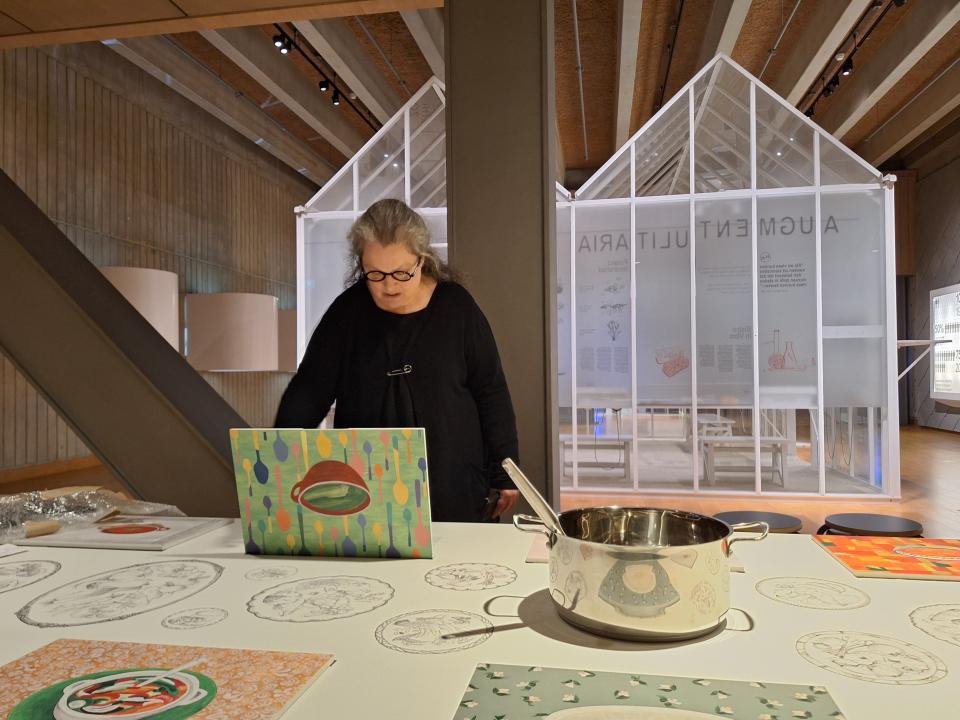
Antwerp's neighborhood 'De Seefhoek' has a special soup history. In the twentieth century, Soep van Boom and other stores sold soup made with broth from meat leftovers from their own butcher's shop.
Even today, soup plays an important role for the residents, social organizations and restaurants in this diverse neighborhood. That is why ErfgoedLab Antwerpen asked artist Fabienne Snellinx to record soup stories in de Seefhoek. Her installation can be seen at the end of the expo. Spicy Harira soup, Nigerian Egusi, Flemish asparagus soup, soup from the soup gardens ... each bowl of soup tells a unique story.
This presentation is part of ErfgoedLab's project 'Het Geheugen van Stuivenberg' (the Memory of Stuivenberg).





